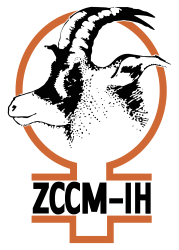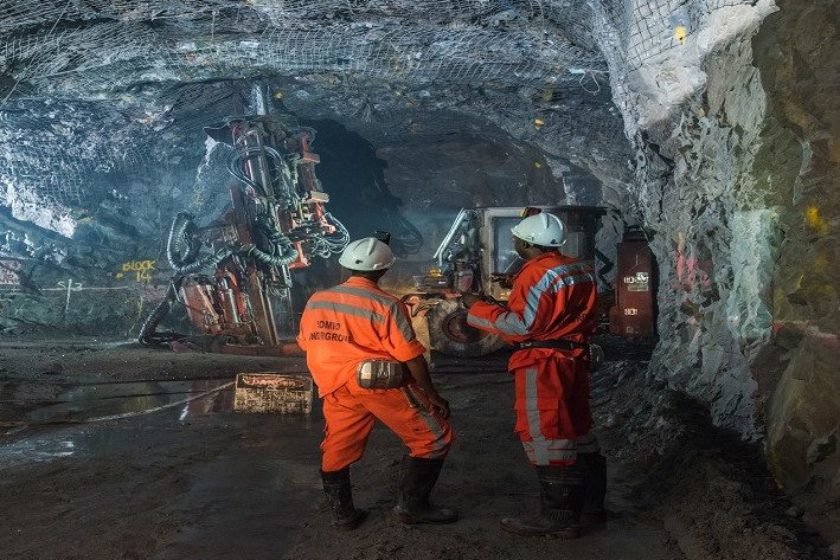The 24-year nationalisation period (1973-1997), during which Zambia’s mining industry was in government hands, has left a noteworthy legacy – a reservoir of high-level mining skills that has served the country well.
One of the crowning achievements of that era was the formation of the University of Zambia’s School of Mines in 1973, which has turned out more than 1 000 graduates in mining engineering, geology, and metallurgy and mineral processing. In addition, the nationalised mining industry under Zambia Consolidated Copper Mines (ZCCM) sent large numbers of Zambians to study at leading universities overseas – not just in mining, but in related fields too. They brought back valuable skills which helped to build a solid intellectual foundation.
“The mining skill level of Zambia improved so much that later, when the mines were re-privatised, the new owners did not need to employ many expatriates,” according to a paper, Copper Mining in Zambia – History and Future, published in the journal of the Southern African Institute of Mining and Metallurgy (June 2016).
A 2014 study by the International Council on Mining and Metals (ICMM) found that the proportion of mining expatriates in Zambia is less than 2% of the industry workforce, compared to 8% in Peru and 17% in Tanzania.
Dr. Osbert Sikazwe, Dean of the School of Mines at the University of Zambia in Lusaka, says academic standards at the institution are high. “Our lecturers have studied at overseas universities. Our graduates hold their own, both in the mining industry and when they pursue post-graduate studies at international universities.”
Graduates of the School of Mines can be found in high-level careers, both in mining and academia, in countries as diverse as Finland, South Africa and Australia. Those prominent in Zambia include Dr. Pius Kasolo, CEO of government’s investment-holding company ZCCM-IH; Emmanuel Mutati, one-time CEO of Mopani Copper Mines; and Keith Kapui, Vice-President at Konkola Copper Mines (KCM).
The skills bequeathed to Zambia by the nationalised mining industry were a good beginning, but there was still much to do because the industry had been starved of investment and innovation for so long. Mining had moved on. The level of technology now coming on stream worldwide – and the higher level of skills needed to operate it – was at a whole different level.
So from 1997 onwards, the new investors in Zambia’s rundown mines poured billions of dollars into expansion, upgrading the technological base and starting new greenfield projects. As a natural consequence, they upgraded the skill base of the industry too. This was done very strategically, and has formed part of an ongoing process which continues to this day.
For example, Barrick Lumwana spends more than $100 000 a year on some 400 school and tertiary scholarships. Since 2007, KCM has offered around 500 scholarships, at school and university level, and has sent many students to top universities in Australia, India, Namibia and South Africa. Since 2005, First Quantum Minerals (FQM) has spent more than $50 million on a broad basket of initiatives which include scholarships, apprenticeships, and the construction and funding of trade schools.
“The focus on skills is a response to the growing sophistication of mining”
And in a bold initiative to train miners at the highest level, Mopani recently opened a $20-million technical training centre in Mufulira. It features world-class technology, including simulators, and will eventually receive students not just from other Zambian mines, but from other countries too. “You can’t just teach miners to pass exams,” says Lourens de Klerk, who heads the centre. “You also need practical, hands-on training where people learn to identify faults and handle unexpected situations. It is this which makes our school unique, even by international standards.”
The Zambian mining industry’s focus on skills is primarily a response to the rapidly advancing technological sophistication of the global industry. Like their international competitors, Zambia’s mines operate some of the world’s most sophisticated – and expensive – machinery and equipment. At FQM’s Sentinel Mine, for example, drivers learn to operate multimillion-dollar, 300-tonne haul trucks in state-of-the-art simulators which are able to mimic all kinds of weather, scenarios and driving conditions.
The growing technological sophistication of mining is one of the first things university graduates encounter. Dr. Sikazwe of the School of Mines explains: “While the intellectual base of our graduates is solid because of the quality of the teaching, they have to spend time on the job learning about the latest mining technology because they haven’t always been exposed to it. We would love to see more students accepted on internships before they graduate.”
Copperbelt University (CBU), in Kitwe, also has a School of Mines and Mineral Sciences, which was established in 2010. It offers not just degree courses, but also diploma programmes in areas such as mine ventilation, surveying and chemical technology.
Perhaps the biggest challenge facing local universities is that they depend on a cash-strapped Zambian government for funding. While this has less of an effect on the quality of teaching, it does affect the standard of laboratory equipment and technology – as well as the infrastructure, much of which is in need of refurbishment.
Outside help is always appreciated. The Dutch government recently funded a new boardroom at the School of Mines in Lusaka, as well as two scholarships at the University of the Witwatersrand in South Africa. Mines such as FQM, Mopani and KCM have financed library facilities, donated books, refurbished rundown infrastructure, sponsored student awards and accepted students on internships. Kagem Mining recently provided full scholarships to two geology undergraduate students, while Barrick Lumwana has been providing one scholarship a year to study mining engineering at Master’s level.
More than 40 years after the first wave of Zambia’s mining engineering students started graduating, the industry’s skill base has grown steadily. Today, it is one of the country’s competitive strengths. The challenges facing Zambia’s mining sector are well documented, but a lack of homegrown skills is not one of them.
Source:




